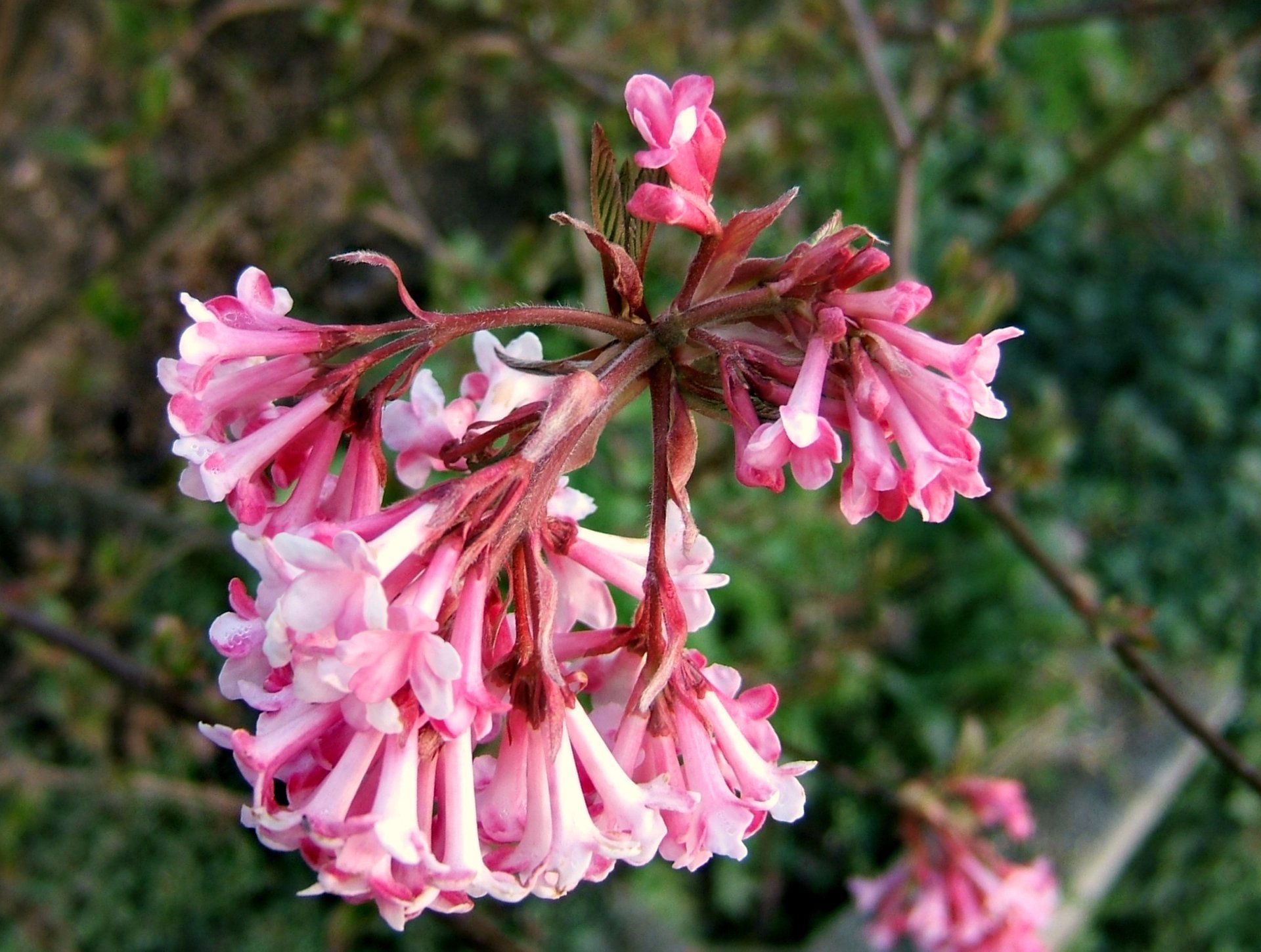Plant of the Week: Viburnum
Viburnum are versatile, easy-to-grow shrubs native throughout the temperate Northern Hemisphere. Sometimes referred to as cranberry bush, viburnum are often used as ornamental fixtures in home gardens.
There are over 150 species of viburnum. They can be deciduous or evergreen, with some varieties reaching up to 6 metres in height.
The name viburnum comes from the Latin ‘viere’, which means to weave or braid. This refers to traditional woven baskets made using the plant's long, straight branches. Since prehistoric times, viburnum branches have also been used for making arrow shafts. In 1991, ancient arrows fashioned from viburnum wood were found in the Ötztal Alps by two German tourists… along with a 5,000 year old Bronze Age ice mummy!
Viburnum x bodnantense
Commonly referred to as “Dawn” or “Charles Lamont,” Viburnum x bodnantense is a hardy and strong-growing deciduous shrub with dark green, ovate leaves, which turn a dusty pink-gold in the autumn. It has densely packed clusters of pink or blush white, sweetly scented flowers, which make it perfect for growing in the front garden or near a footpath where the fragrant blooms can be appreciated between November and March.
It grows well in a sheltered position with full sun to partial shade and moderately fertile, well-drained soil. It is tolerant of frost and snow, generally pest-free, and has no reported toxic effects, making it safe for planting in an area used by children and animals, unlike other varieties that can be mildly poisonous.
Viburnum x bodnantense originates from a cross between Viburnum farreri and Viburnum grandiflorum made by Charles Puddle, head gardener to Lord Aberconway at Bodnant Garden, Wales around 1935. However, according to some records, Charles Lamont, an assistant curator at the Royal Botanical Garden in Edinburgh, was actually the first to successfully cross Viburnum farreri with Viburnum grandiflorum in 1933.
Viburnum tinus
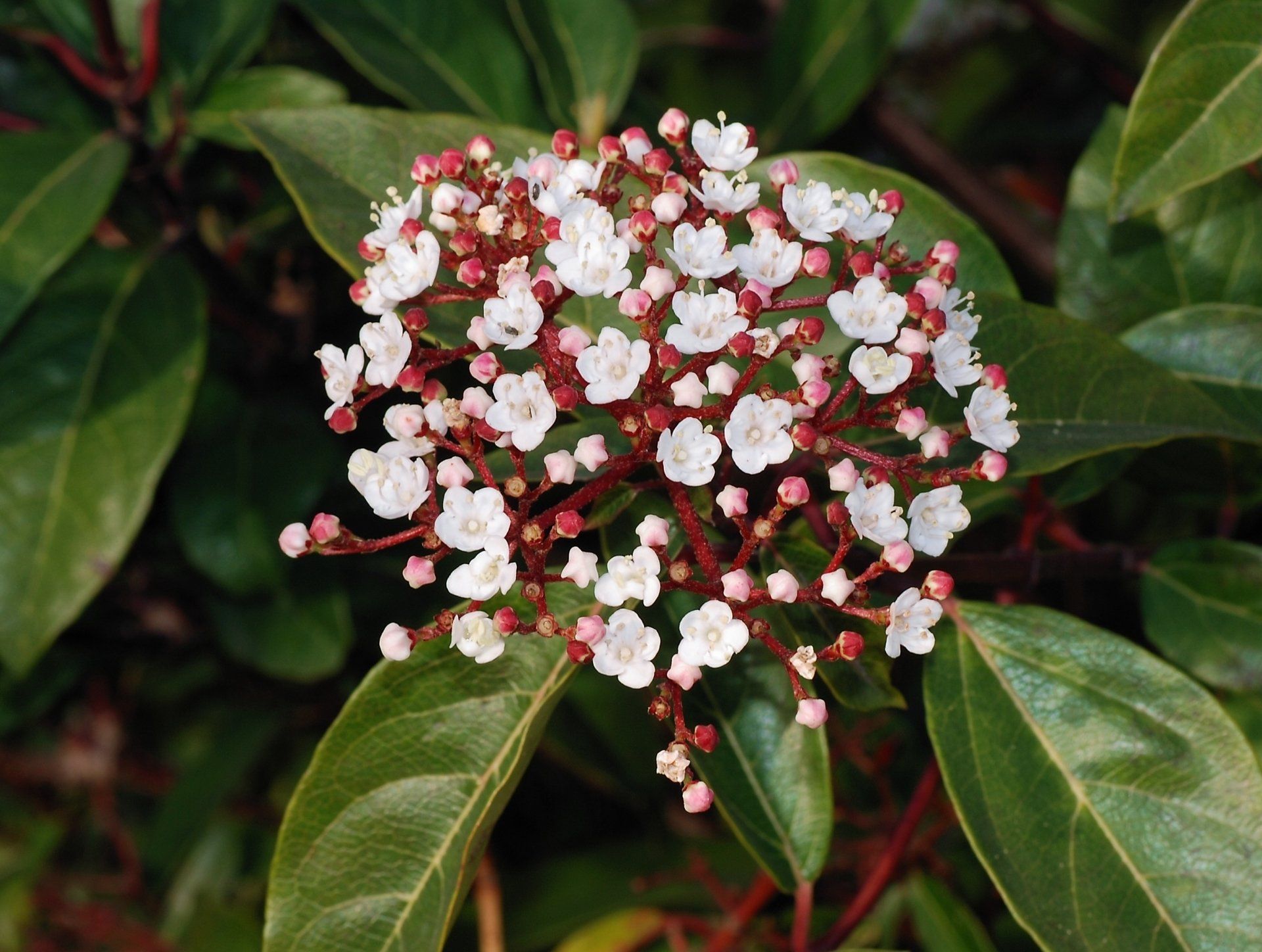
Viburnum tinus, also known as laurustinus, is one of the toughest shrubs known to gardeners and a dependable winter essential. It is dense, evergreen, with dark and oval, glossy leaves, fragrant pinkish-white flowers, and dark black fruit. It is often used for hedging but may also makes an excellent specimen shrub in a mixed border. In the Nothern Hemisphere, the flowering period is from October to June.
Viburnum tinus should be grown in moist but well-drained soils in full sun to partial shade. It is recommended to mulch annually with well-rotted manure or compost and cut back plants to retain their shape in early summer. Similar to the Viburnum x bodnantense, Viburnum tinus is tolerant of frost and snow, but may attract Aphids, viburnum whitefly and viburnum beetle.
Depictions of Viburnum tinus can be found in the ruins of Pompeii. The English name, laurustinus, combines the old Latin name tinus noted by the Roman naturalist Pliny the Elder and its wrongful association with laurus, the bay.
Want to learn more about plants and gardening?
Join our weekly
Garden group.
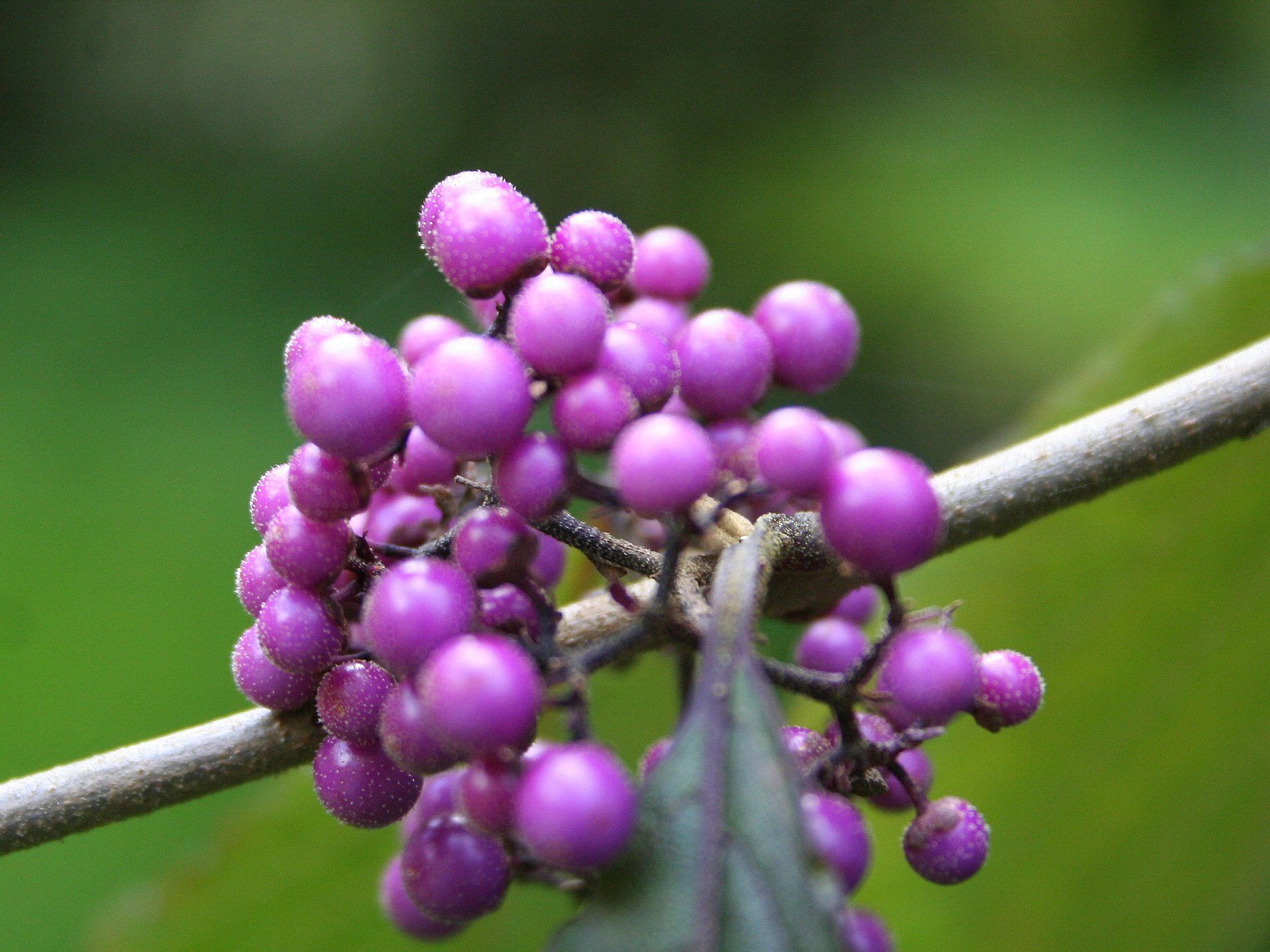
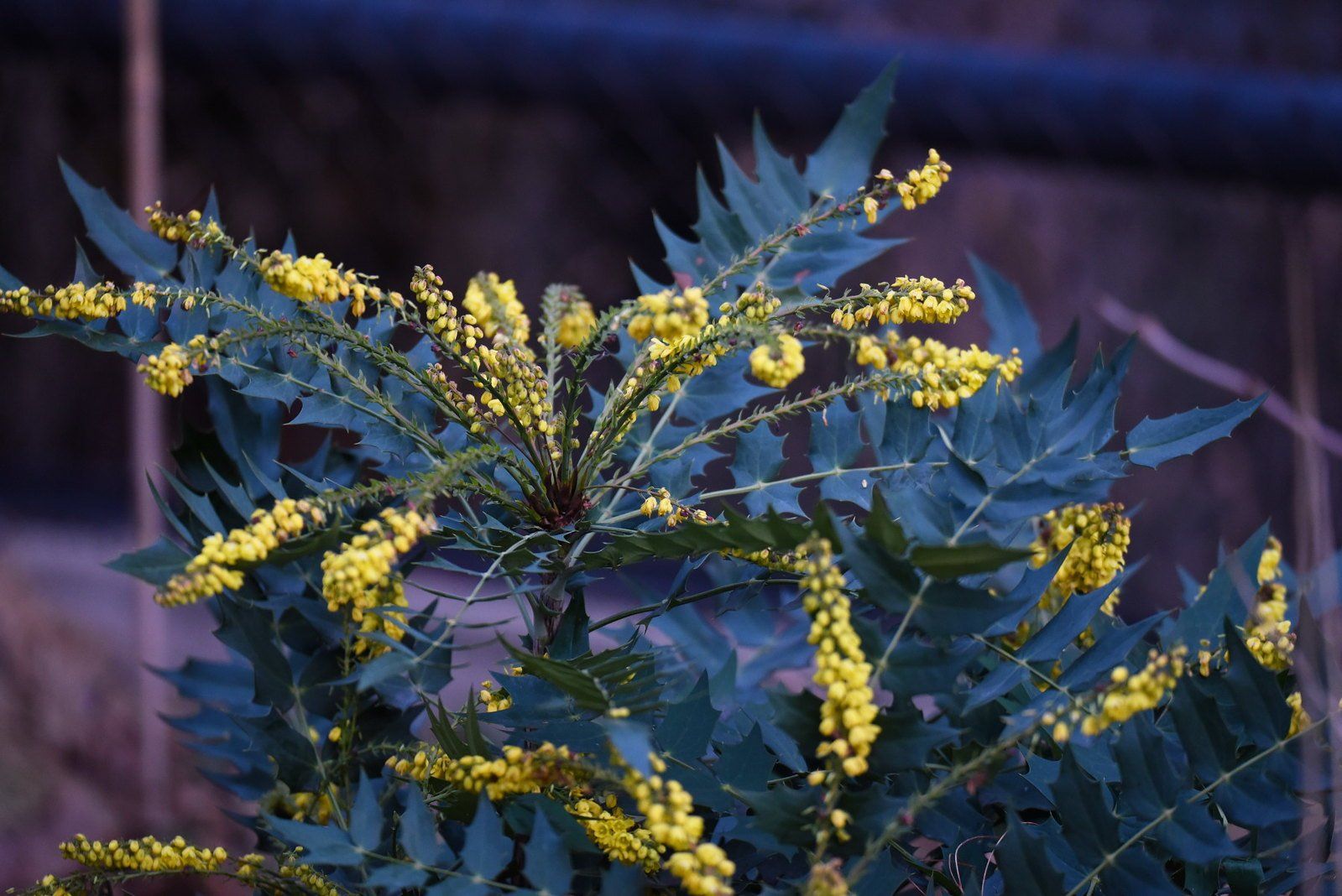
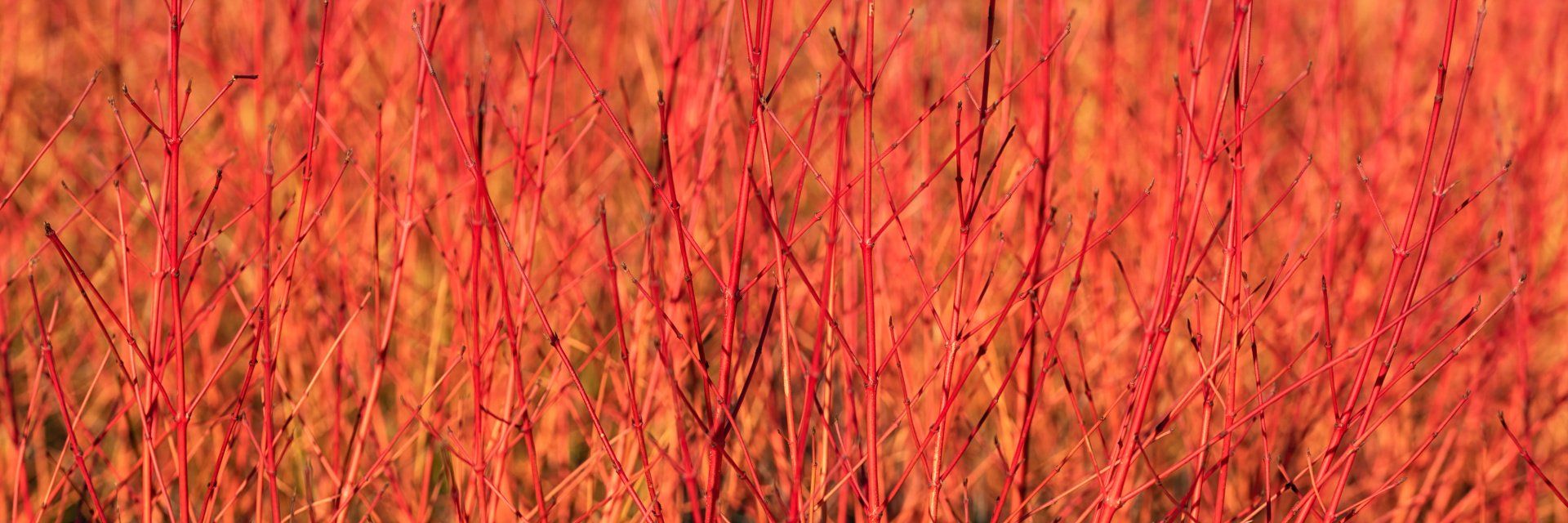
OPENING TIMES
Mon to Friday - 10:00 AM till 4:00 PM
Saturday - Closed
Sunday
- Closed
Sunday - Closed


